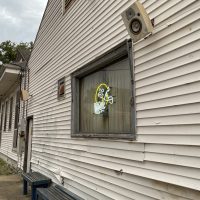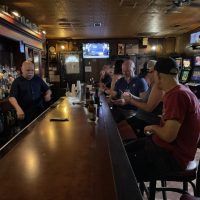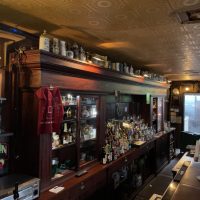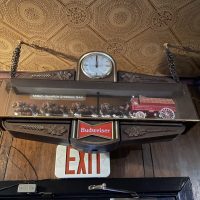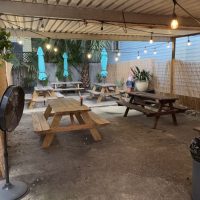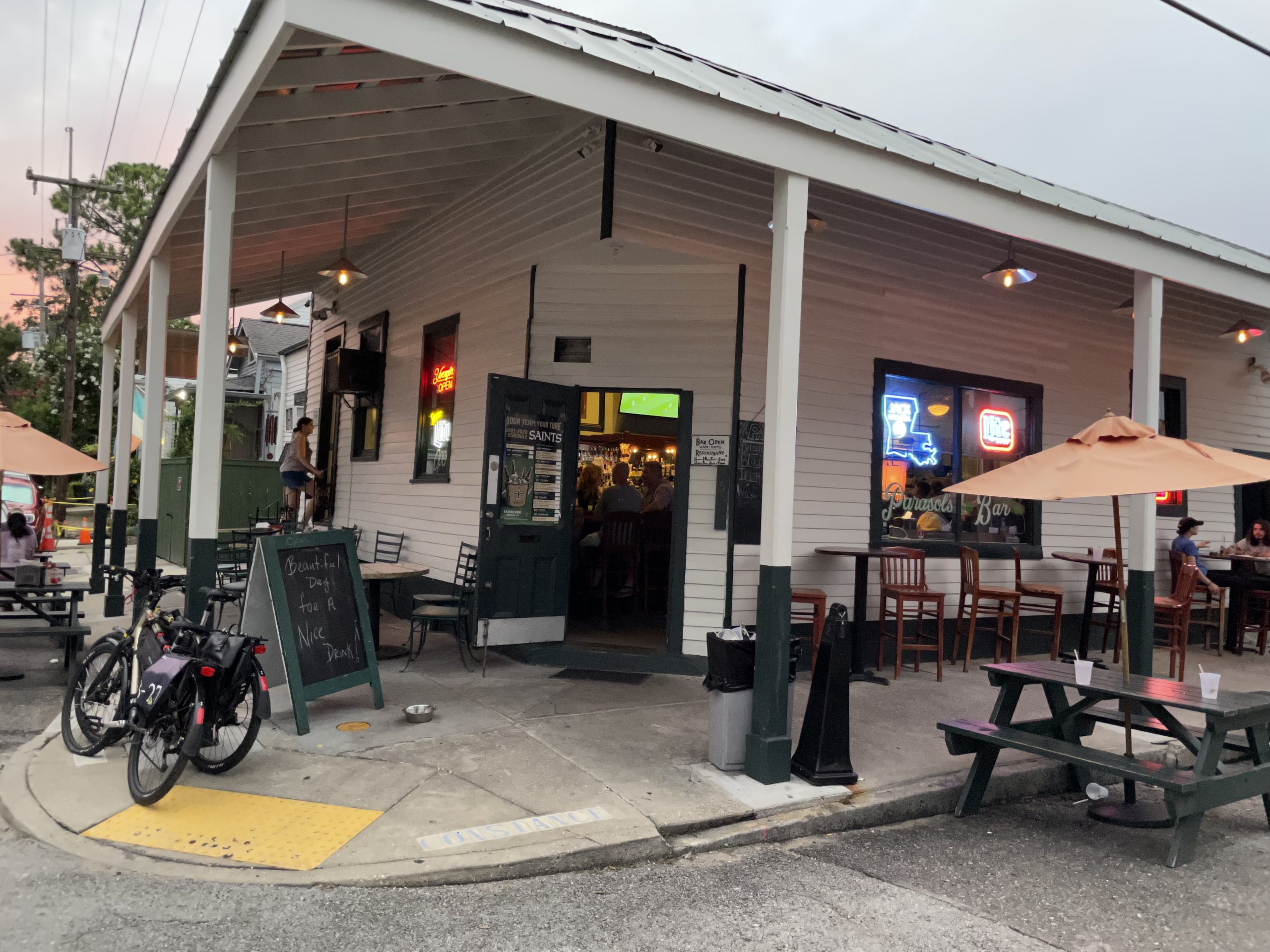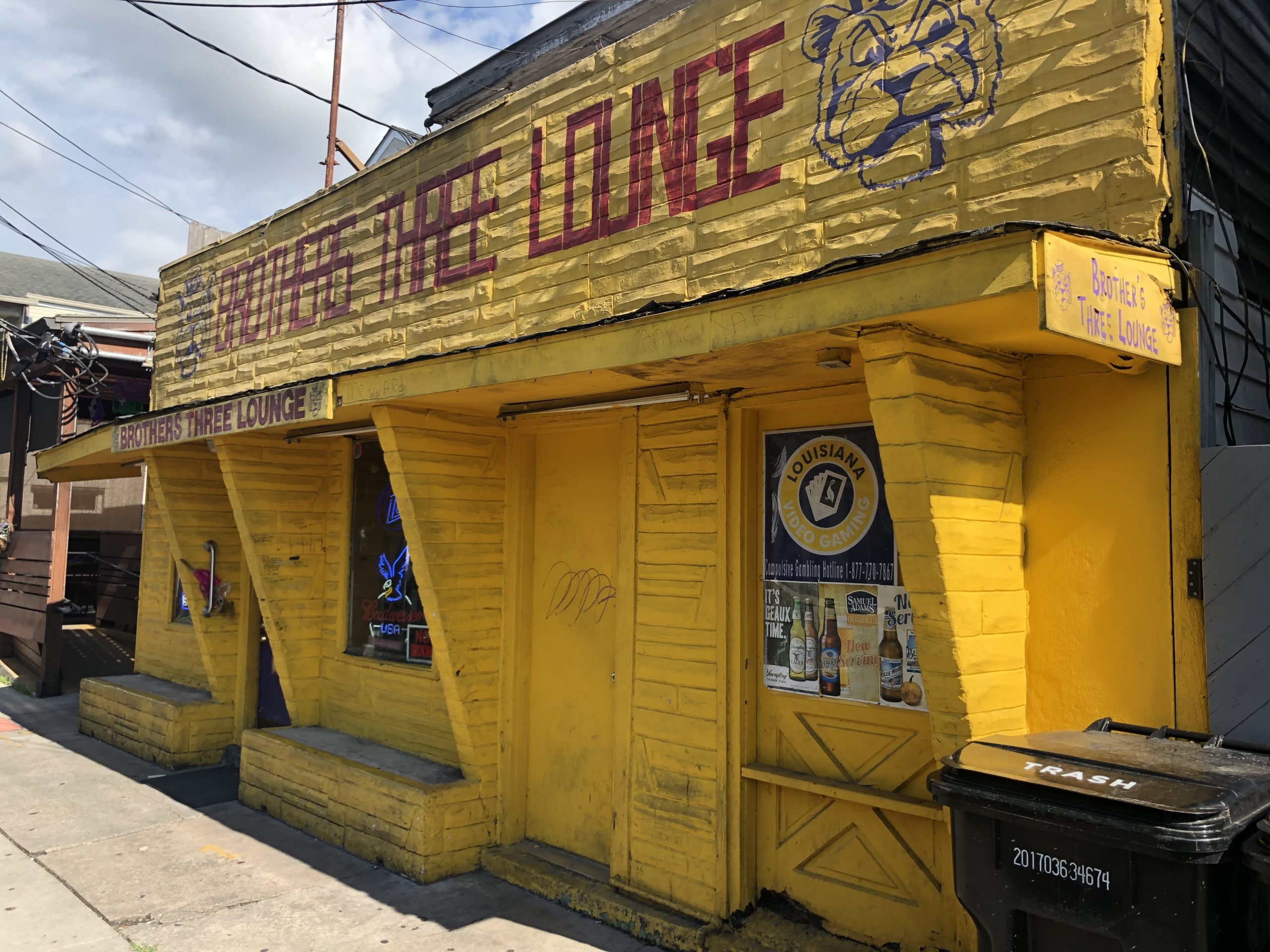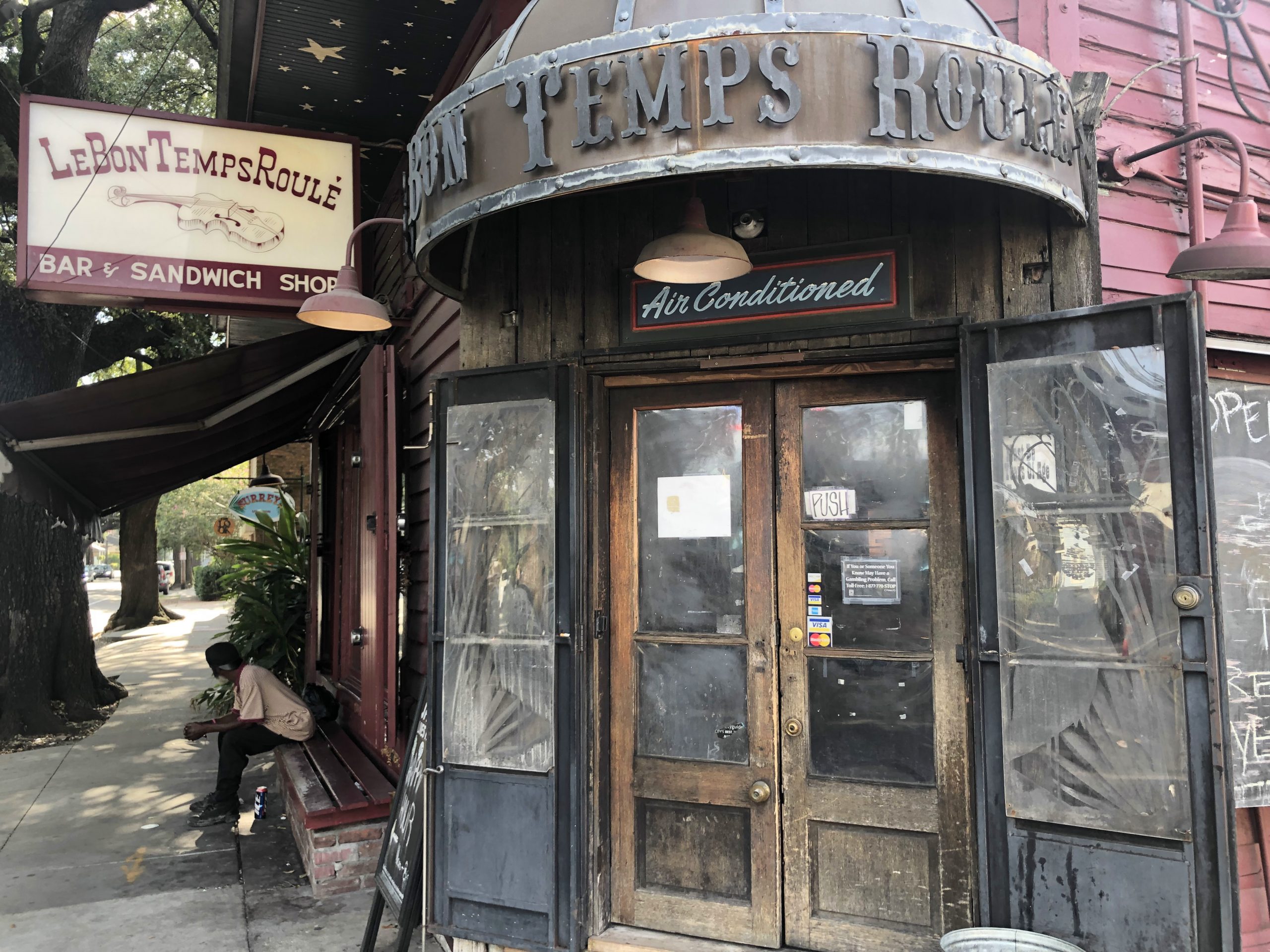Out In The Cold
New Orleans, Louisiana
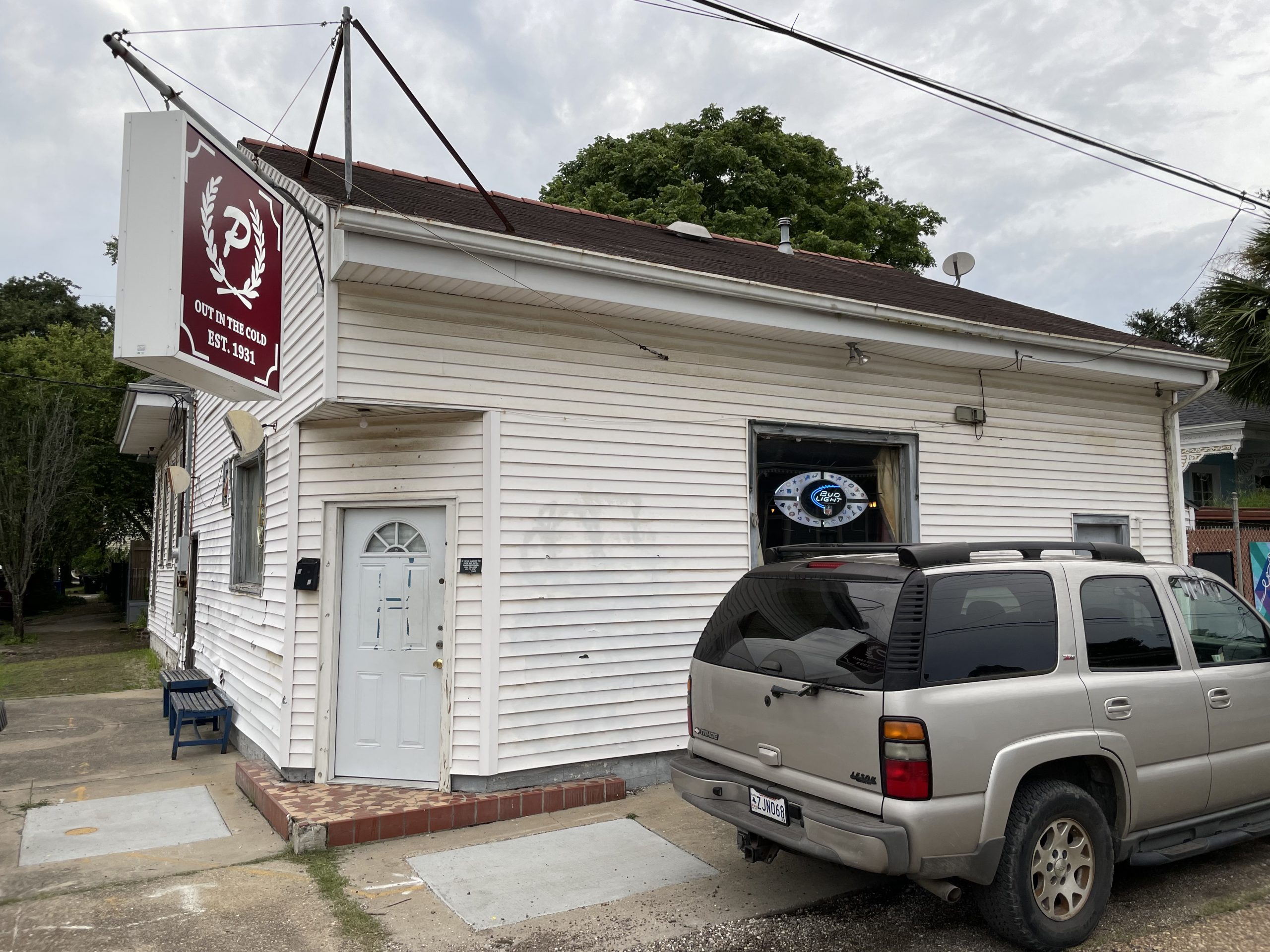
Field Rating
9
out of 10
Hidden in just about every sense of that word.
The Basics
701 Sixth StNew Orleans, LA 70115
Connect
In Short
Field Note
There are tourist-heavy parts of New Orleans and then there’s the Irish Channel, a sliver of a neighborhood south of well-trafficked Magazine Street and north of the Mississippi River. This is a residential neighborhood with sporadic exceptions, Pete’s Out In the Cold being one of them, a dive bar that until a sign was installed would have failed to look like anything other than a nondescript white building on a corner that happened to open its doors in 1931.
The addition of the sign is a controversial choice, of course, given the romantic nature of the dive bar prior to its construction. This is a white building, residential street corner, a buzzer on the door the only indication that anyone might even be inside. Prior to the sign, visitors had to hope that they landed at the right doorstep, pushed the right buzzer and a great deal of drinking happens at night, making navigation a little more complicated. This is an alley dive bar that happens to live in plain sight, and that’s a heavy dose of Out In The Cold’s magic.
Sign or no sign, from the remoteness of the location to the neighborhood that surrounds it, the magic is still there.
Sign or no sign, from the remoteness of the location to the neighborhood that surrounds it, the magic is still there. The buzzer is still required to get in, but just walking by the front door is often enough to gain entry these days. And that can be a real benefit as even today, with the sign, knowing exactly where to knock or buzz on a first visit is still a daunting task.
With all of that intrigue outside, the layout inside has a lot to live up to and it very much does. The bar feels like one long living room, which is perhaps exactly what the room was once used as, a rectangular space that contains a bar, some chairs and not a whole lot else. However, the densely-packed space does fit in a few more gems, like a classic jukebox that plays, gasp, actual CDs and still allows for a hugely satisfying flipping through of the albums (not always the case on some classic machines).
A tiled floor sits underneath an ornate, ancient ceiling that sports a hole here and there. Low tables under stained glass beer lamps give way to a few video poker machines in one corner of the space. But the real beauty is the combination of wood paneling that creeps up the walls with the aged and fading decorations throughout. Old beer steins line the top of the bar structure, itself supporting a pair of glass cases containing all manner of randomness, both old and new. Trophies, clocks, framed photos complete the look, a look that includes a pizza maker paired with a Red Baron sign that feels strangely at home along the bar.
It would take a highly trained eye to spot it from the outside, but Out In The Cold now includes an outdoor patio.
It would take a highly trained eye to spot it from the outside, but Out In The Cold now includes an outdoor patio, fenced in such a way to feel completely removed from the neighborhood just beyond the tiki-inspired barrier. A handful of picnic tables sit underneath hanging lights, extending the space and offering an updated dimension to building working on almost 100 years of history.
Granted, there’s something romantic about the New Orleans dive bar hidden in a residential neighborhood, no sign, only a buzzer to get in. And while the owners of the bar have made the controversial decision to make more money by actually letting people know there’s a bar on the corner, the magic is still very much intact at Out In The Cold. The location, the layout, the jukebox, the location, it adds up to one of New Orleans’ most unique, most pure dive bars.
Related Reviews
Parasol's
Po boys and cold beer.
Brothers III Lounge
Canary yellow beckons.
Le Bon Temps Roule
Vintage New Orleans dive.


